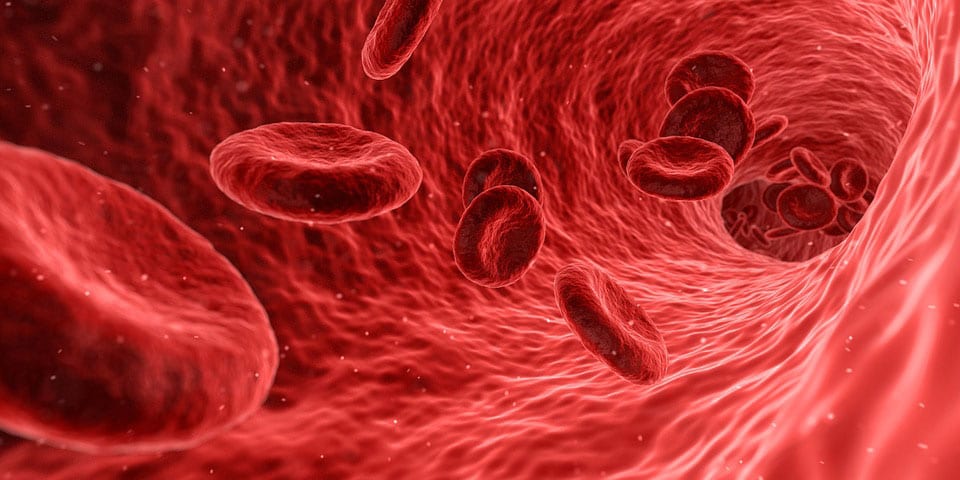According to a story from EurekAlert!, a new mathematical approach pioneered by a team of scientists from New York University and Cincinnati Children’s could greatly improve the analysis of scientific data that is necessary for the continued development of personalized medicine.The new method requires a smaller sample of cells, can generate meaningful results quickly, and can also reduce costs.
A More Effective Approach
A proof-of-concept study that used the new approach was recently published in the academic journal Genome Research. In this research, the scientists aimed to replicate a procedure that was focused on T Helper 17 (TH17) cells, which plays a role in protecting against infections but has also been linked to autoimmune diseases. The goal was to determine protein transcription factors that play a role in regulating the function of these cells. While the scientists originally hoped to simply replicate the results of a prior study, the new method was so effective that they were able to successfully identify several new transcription factors that were a part of TH17 regulation.
These new findings are valuable and could help improve outcomes for patients with a variety of autoimmune diseases such as inflammatory bowel disease, multiple sclerosis, and psoriasis. The success of the new mathematical method may be even more important, however. The approach could be used for any type of cell and could provide a wealth of new information about how the behavior of these cells could be controlled, which could lead to the development of new, more effective therapies.
Transcription factors are the components of a larger transcriptional regulatory network (TRN). Understanding the makeup of these networks could allow for highly precise therapies that could either enhance the immune system response to disease or tone it down when it starts going haywire.
The approach involves a modified version of an algorithm known as Inferelator that is capable of accounting for data from assay for transposase-accessible chromatin (ATAC-seq) another newer analytical method. It can work with a sample of cells as small as 500, whereas earlier approaches required millions of cells.
The researchers plan to continue similar research using the new method, which will allow it to improve further over time.
Check out the original study here.







